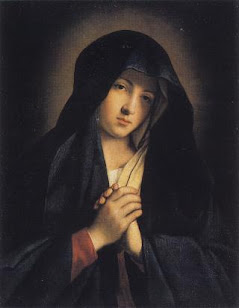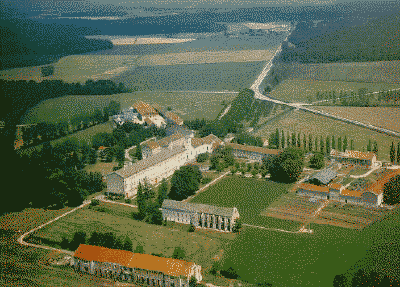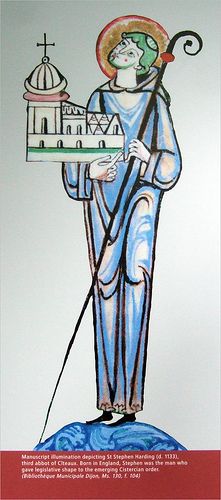“I do strongly believe that God will not ask us to
suffer anything beyond our capacity.”
“You must have the awareness that you are in the presence
of God.”
“Don't talk too much. What is the advantage of it? You
talk as if you were honest and just. Only God knows the inside and outside.”
“Death will catch hold of us like a thief. Nobody knows at
what age and when it happens.. When we die, we have to leave everything here on
earth.”
“Love one another; help one another.”
"Suffer all the difficulties patiently and without
murmuring."
Today, June 6, we celebrate the feast day of Blessed
Mariam Thresia Chiramel Mankidiyan (also known as Mother Maria Theresa
Chiramel, 1876-1926), Servant of God, foundress of the Congregation of the Holy
Family, mystic, and visionary. Mother
Mariam Theresa is the fifth person from India to be beatified. James Pazhayattil, Bishop of
Irinjalakuda, said of her: “One of the five servants of God who are beatified
by Pope John Paul II on April 9 could be a "lookalike" of Mother Teresa
of Calcutta. Besides the name of baptism, Teresa, have in common not only
the foundation of a religious congregation: one of the Missionaries of Charity,
the other of the Holy Family, but most of all they both have distinguished
service to the disadvantaged: the poor , the sick, the outcast, the
dying. Both Mariam Thresia Chiramel Mankidiyan of Kerala and Mother Teresa
of Calcutta sacrificed themselves for others, with a preferential love for the
poorest of the poor and so practicing the evangelical virtue of charity in
heroic degree.”
Born Thresia, the third of five children, in the village
of Puthenchira (Trichur District), Kerala, India, the future Servant of God was
called at an early age to devote her life to the Lord. Although her family was once rich and noble,
they had fallen on harder times, been forced to sell their property, and lived
in poverty. Thresia’s father began drinking heavily, and the family suffered
the injustices of poverty and prejudice.
Thresia, as a child, turned to the Blessed Mother, praying the Rosary
several times each day, and fasting in the likeness of suffering Christ. Despite her mother’s encouragement to eat,
given that she had grown quite thin, Thresia persisted in her suffering for the
salvation of the world, fasting four times per week, and consecrated herself
and her virginity to the Lord
When Thresia was just twelve, her mother died, and she was
forced to withdraw from elementary school.
While she longed to leave her life, now the caretaker of the family, and
retire to a quiet life of prayer and contemplation, this was not to be
possible. Rather, she spent hours
praying in the community Church, cleaning and decorating the altar. She devoted herself to helping the poor,
sick, and lonely of the parish. She
risked herself and her health to minister to the abandoned, specifically those
with leprosy and small pox, who had no one else to care for them. Despite the family’s poverty, she took in
orphaned children, taking extra work to pay for their care.
Thresia and three young companions could be found working
among those in need, taking to the streets against custom that women should be
accompanied by men when leaving the home.
They formed a life of prayer and service, and placed their trust in the
Holy Family of Jesus, Mary, and Joseph.
Around this time, Thresia began experiencing visions of the Holy Family,
which guided her work. She prayed for
the conversion of sinners, fasted, and urged all toward repentance. Following a vision of the Blessed Virgin,
Thresia requested that all began referring to her as Mariam Thresia, at the
request of the Holy Mother.
Mariam was also gifted with mystical and miraculous
experiences. She received several
mystical gifts like prophecy, healing, aura of light, and sweet odor. She experienced
frequent ecstasies and levitations. On Fridays, townspeople would gather to see
Mariam Thresia lifted high and hanging in the form of a crucifix on the wall of
her room. She also bore the stigmata,
which she kept secret from all, not wishing further attention. Mariam was
further visited upon and tormented by demons throughout her life. She humbly submitted to exorcisms, but also
fully embraced the suffering of her temptations, offering suffering for those
who sinned.
In 1913, Mariam Thresia was permitted to build a prayer
house, that she and her companions moved into.
They led a life of prayer and austere penance like hermits but continued
to visit the sick and help the poor and the needy irrespective of religion or
caste. The new religious order was consecrated the Congregation of the Holy
Family (C.H.F.) and Mariam Thresia was appointed its first Superior.
Mother Mariam Thresia died in 1926, at the age of 50, from
a wound suffered after being struck by a falling object. Numerous miracles of healing followed her
death, and she was beatified in 2000 by Pope John Paul II.
From the Beatification Homily of Pope John Paul II:
Convinced that "God will
give eternal life to those who convert sinners and bring them to the right
path" (Letter 4 to her Spiritual Father), Sister Mariam devoted herself
to this task by her visits and advice, as well as by her prayers and
penitential practice. Through Bl. Mariam Thresia's intercession, may all
consecrated men and women be strengthened in their vocation to pray for sinners
and draw others to Christ by their words and example.
























